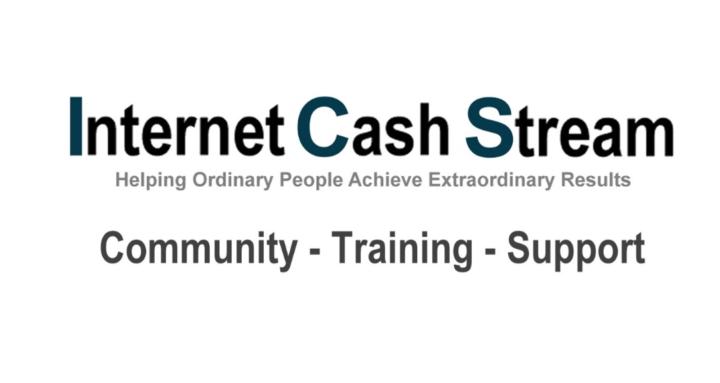12d • AI News
AI News Poster - September 26 2025
Meta launches AI‑video feed “Vibes”
Meta has introduced Vibes, a new feed built around AI‑generated short videos. Users can start from scratch, remix existing content, or layer new visuals and music. Posts can then cross‑post to Reels or Stories.
Implications going forward: If Vibes gains traction, AI‑video becomes another battleground for reach and engagement. Brands should monitor early ad formats or integration with Meta’s broader video strategy.
Microsoft consolidates AI app platforms
Microsoft is merging its business AI app stores into one unified Microsoft Marketplace, initially in the U.S., with a global rollout ahead.
Implications going forward: A streamlined marketplace lets marketers and enterprise buyers discover AI tools more easily and it may also lower friction for integrating AI into workflows across Azure, Office, etc.
Adobe rolls out Firefly Boards + expanded video model features
Adobe has released Firefly Boards globally, a collaborative AI workspace that now supports video models and multiuser workflows.
Implications going forward: Creative teams can start working in a unified AI canvas — ideation, sketching, video, image. That lets marketers move faster from concept to draft.
Trends & Deep Dives
“CAMIA” privacy attack exposes AI memorization risk
Researchers disclosed a privacy attack allowing adversaries to extract training memorized data from AI models — showing what models reveal about their training content.
Implication: As marketers use LLMs and image models, they must be cautious of inadvertent leakage: proprietary data, customer lists, or brand content. Guardrails and thorough data audits are vital.
GenKOL: Virtual influencers built by AI
A new academic framework called GenKOL introduces a modular system for creating scalable virtual KOLs (Key Opinion Leaders). You can adjust garment styles, backgrounds, even hair — all via AI.
Our Takeaway: Virtual influencer campaigns may become cheaper and more flexible. Brands can dynamically generate ambassadors tailored for campaigns or audiences skipping much of the negotiation and logistics with human influencers.
Personalized offers get smarter with contrastive training
A model called SLM4Offer fine‑tunes offer suggestions to customer segments using contrastive learning, boosting offer acceptance rates (in tests) by roughly 17%.
Potential application: Use this technique to improve dynamic offer generation in emails, site popups, or loyalty programs. It helps reduce generic messaging and boost conversions.
Things To Try This Week
- Experiment with Meta Vibes. Even just observe the content formats; early adoption might give you a first-mover edge.
- Audit AI usage internally. Run checks for sensitive or proprietary info in prompts and training sets.
- Prototype a virtual KOL test using existing virtual avatar tools. See how audiences respond vs. traditional influencers.
- Test offer models with contrastive techniques on a small segment to see if lift holds in your vertical.
I asked AI to provide some short tactical “how-to” snippets for a couple of the above suggestions for you and have included them here;
How-To: Get Ahead on Meta’s “Vibes” Feed
Objective: Prepare to leverage AI short-form video via Meta’s new Vibes feature.
Steps:
- Access Vibes (when available): Join early access via Meta’s mobile app or request through Meta for Business.
- Test remixing existing video: Use AI tools like Runway or Pika to convert blog content or product demos into short vertical clips.
- Optimize for Meta’s aesthetic: Keep videos under 15 seconds, use trending audio, and test motion graphics with captions.
- Cross-post strategically: Share to Reels and Stories from inside Vibes to maximize distribution while learning what hooks users.
Why now: First movers tend to win visibility on new Meta features. Even testing now puts you ahead of brands waiting on “official ad support.”
How-To: Test AI-Generated Influencers (GenKOL Style)
Objective: Run a low-cost test campaign using a virtual AI influencer.
Steps:
- Pick a segment: Choose a niche audience that values aesthetics or lifestyle (fashion, fitness, tech).
- Use avatar generators: Try platforms like Synthesia (video) or ZMO.ai (fashion-focused image avatars).
- Script AI posts: Feed AI tools a tone-of-voice and your brand message. Focus on one product or benefit per post.
- Measure engagement vs. human creators: Track comments, shares, and clicks. Look for curiosity, novelty, or backlash.
Pro tip: Run A/B tests — post the same offer with a human influencer and with your AI persona.
Goal: Discover if you can drive brand interest or conversions with zero creator management overhead.
That's all for this week. If you want me to generate more "How-To" type tips leave a comment below with a description of what you'd like to generate and I'll provide it here for all members.
0
0 comments
powered by

skool.com/internet-cash-stream-1674
Join InternetCashStream - you get free tips, tools, training & proven resources to grow your online income. Fun, focused, and built for your success.
Suggested communities
Powered by
